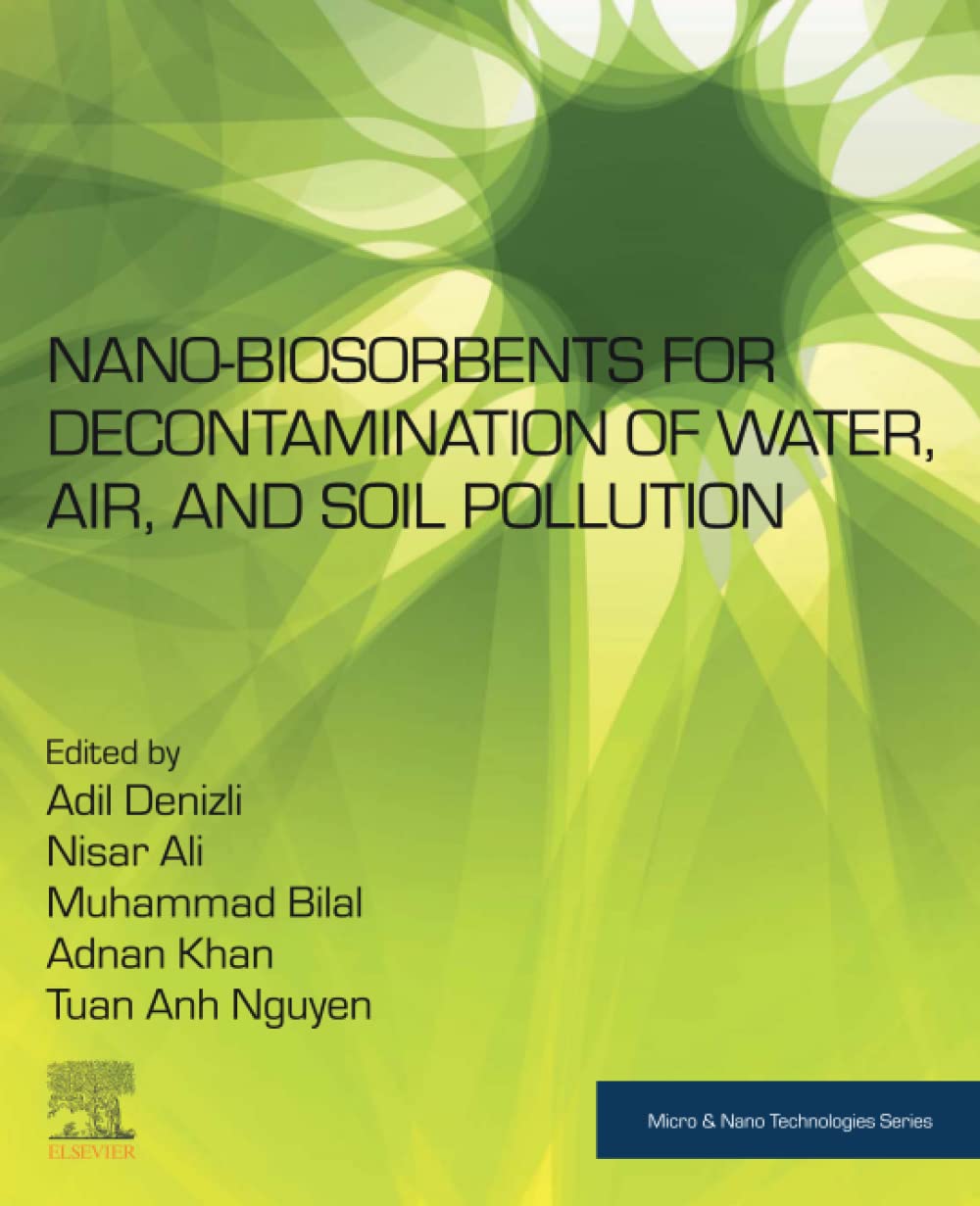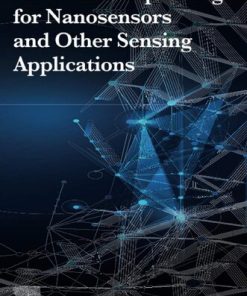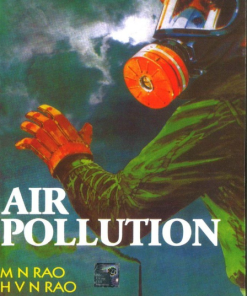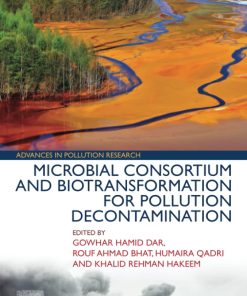Nano-biosorbents for Decontamination of Water, Air, and Soil Pollution 1st Edition Adil Denizli & Nisar Ali & Muhammad Bilal & Adnan Khan & Tuan Anh Nguyen
$50.00 Original price was: $50.00.$25.00Current price is: $25.00.
Nano-biosorbents for Decontamination of Water, Air, and Soil Pollution 1st Edition – Ebook Instant Download/Delivery ISBN(s): 9780323909129,0323909124,9780323909136, 0323909132
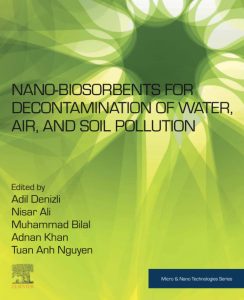
Product details:
- ISBN-10: 0323909132
- ISBN-13: 9780323909136
- Author: Adil Denizli, Nisar Ali, Muhammad Bilal, Adnan Khan, Tuan Anh Nguyen
Nano-biosorbents for Decontamination of Water, Air, and Soil Pollution explores the properties of nanobiosorbents and their applications in the removal of contaminants from the natural environment. The use of nanobiosorbents for environmental protection is a combinational approach that incorporates nanotechnology with naturally occurring biopolymers that form an amalgamation of nano-biopolymers used as sorbent materials in the removal of a variety of contaminants from wastewaters. This is an important reference source for materials scientists, bioscientists and environmental scientists who are looking to understand how nanobiosorbents are being used for a range of environmental applications.
Table contents:
Chapter 1: Nano-biosorbents for contaminant removal: An introduction
Chapter 2: Introduction to nano-biosorbents
Chapter 3: Nanobiosorbents: Basic principles, synthesis, and application for contaminants removal
Chapter 4: Methods for the synthesis of nano-biosorbents for the contaminant removal
Chapter 5: An insight into the potential contaminants, their effects, and removal means
Chapter 6: Advantages of nanoadsorbents, biosorbents, and nanobiosorbents for contaminant removal
Chapter 7: Nanomaterials for removal of heavy metals from wastewater
Chapter 8: Nanosorbents for heavy metals removal
Chapter 9: Non-toxic nature of nano-biosorbents as a positive approach toward green environment
Chapter 10: Nanoadsorbents for environmental remediation of polluting agents
Chapter 11: Risk assessment of nanocellulose exposure
Chapter 12: Cellulose-based nanobiosorbents: An insight
Chapter 13: Synthesis and properties of cellulose-based nanobiosorbents
Chapter 14: Introduction to cellulose-based nanobiosorbents
Chapter 15: Cellulose composites as nanobiosorbents for ecological remediation
Chapter 16: Modification and derivatization of cellulose-based nanobiosorbents and their utilization in environmental remediation
Chapter 17: Cellulose-based nano-biosorbents in water purification
Chapter 18: Toxic metals adsorption from water using chitosan nanoderivatives
Chapter 19: Toxicological impact and adsorptive removal of triclosan from water bodies using chitosan and carbon-based nano-architectures
Chapter 20: Sorbent based on citrus peel waste for wastewater treatment
Chapter 21: Alginate-based nanobiosorbents for bioremediation of environmental pollutants
Chapter 22: Synthesis of novel nanobioadsorbent for the effective removal of Pb2 + and Zn2 + ions—Adsorption, equilibrium, modeling, and optimization studies
Chapter 23: Nanocrystalline NiO powder: Synthesis, characterization and emerging applications
Chapter 24: Attraction to adsorption: Preparation methods and performance of novel magnetic biochars for water and wastewater treatment
Chapter 25: Biomass-derived nanocomposites: A critical evaluation of their performance toward the capture of inorganic pollutants
Chapter 26: Magnetic nanomaterials-based biosorbents
People also search:
why decontamination is important
decontamination agent
decontamination area
decontamination after oc spray
decontamination after radiation exposure
You may also like…
Chemistry
Plasmonic Sensors and their Applications 1st edition by Adil Denizli 3527348476 978-3527348473
Chemistry
Molecular Imprinting for Nanosensors and Other Sensing Applications 1st Edition Adil Denizli
Arts - Graphic Arts
Politics
Uncategorized
Biology and other natural sciences - Microbiology
Microbial Consortium and Biotransformation for Pollution Decontamination Gowhar Hamid Dar
Romance - Contemporary Romance
Jock Seeks Geek: The Holidates Series Book #26 Jill Brashear


